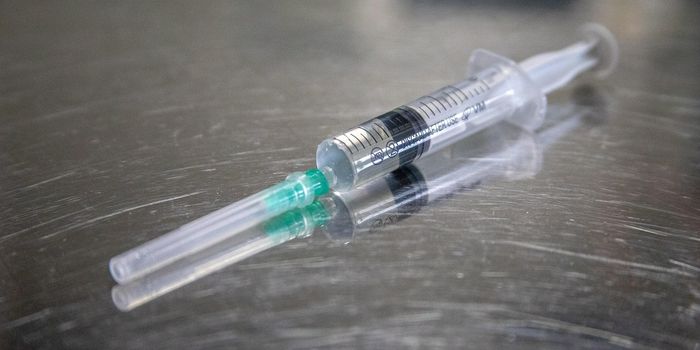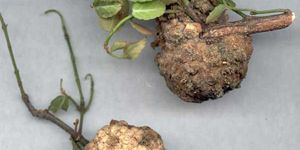There is good news for children with neuroblastoma, the second most common solid-tumor childhood cancer. Donald L. Durden, M.D., Ph.D., pediatric researcher at University of California, San Diego, School of Medicine and Moores Cancer Center has identified and developed a novel therapeutic target, SF1126, which acts by inhibiting the part of the cancer cell engine that promotes tumor angiogenesis and growth, as reported in
Drug Discovery & Development.

According to the American Cancer Society, neuroblastoma, the most common cancer in infants less than 1 year old, accounts for about 6 percent of all cancers in children. There are approximately 700 new cases of neuroblastoma each year in the United States. The average age at the time of diagnosis is 1 to 2 years. Rarely, neuroblastoma can be detected by ultrasound before birth. In two/thirds of neuroblastoma cases, the disease has already spread to the lymph nodes or to other parts of the body when it is diagnosed. According to the
Mayo Clinic (https://www.mayoclinic.org/diseases-conditions/neuroblastoma/basics/definition/con-20027487), neuroblastoma is a cancer that develops from immature nerve cells found in several areas of the body. It most commonly arises in and around the adrenal glands, which have similar origins to nerve cells and sit on top of the kidneys, but it can also develop in other areas of the abdomen and in the chest, neck and near the spine, where groups of nerve cells exist.
Durden, professor and vice-chair of research, Department of Pediatrics, UC San Diego School of Medicine and pediatric oncologist at Rady Children’s Hospital-San Diego, explained, “This is the first time that a PI-3 kinase inhibitor has been used to treat a child with cancer. This agent has been shown to be safe and effective in adults and is now being evaluated in pediatric patients. We are incredibly excited to see how this agent progresses in clinical trials.”
In some children, neuroblastoma tumors spontaneously regress, but when the disease is high-grade, the cancer is metastatic and can become resistant to the best available standard therapy. Between 20 and 50 percent of high-risk neuroblastoma cases are not adequately responsive to high-dose chemotherapy. In half of the patients, the cancer spreads to other parts of the body.
Scott Lippman, MD, director of Moores Cancer Center at UC San Diego Health, said, “We are hopeful that this discovery at Moores Cancer Center may lead to an effective therapy for this vexing pediatric cancer. More of these novel agents need to be developed to help this incredibly fragile population of children.”
As Durden stated, only one-third of children have the malfunctioning genes (MYCN, ALK) associated with the disease. In the other two-thirds of the cases, the abnormal genes have not been identified.
To be eligible for the Phase I clinical trial, participants must have a diagnosis of neuroblastoma verified by pathology or by demonstration of tumor cells in the bone marrow with increased catecholamines, hormones produced by the adrenal glands. These prospective clinical trial subjects must have high-risk disease that is considered either recurrent, refractory or persistent. There will be a special segment of the clinical trial to evaluate the drug target in particularly aggressive cases with alterations in MYCN.
This Phase I clinical trial is funded by the National Institutes of Health and St. Baldrick’s Foundation. It is also supported by the New Approaches to Neuroblastoma Therapy (NANT) Consortium, which brings together a multidisciplinary team to find better treatments for children with high-risk neuroblastoma.









